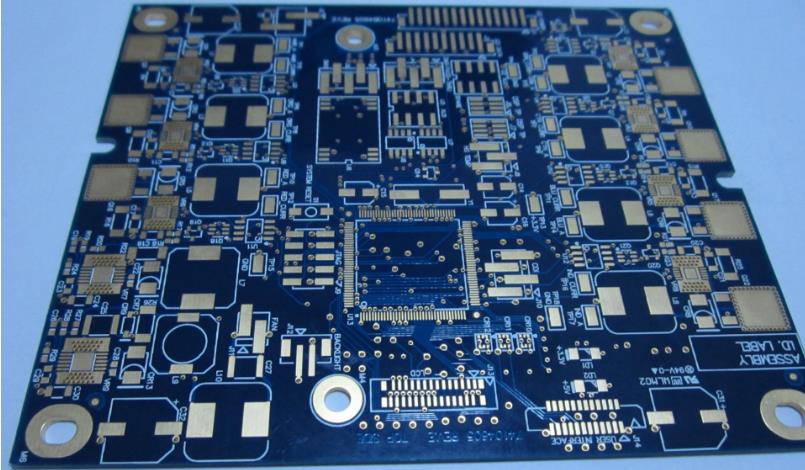(1) Inspection method of PCB thermal design: thermocouple
The practical application of thermoelectric phenomena is of course the use of thermocouples to measure temperature. The complex relationship between electron energy and scattering makes the thermoelectric potentials of different metals different from each other. Since a thermocouple is such a device, the difference in thermoelectric potential between its two electrodes is an indication of the temperature difference between the hot and cold ends of the thermocouple. If the thermoelectric potential of all metals and alloys are different, it is impossible to use Thermocouple to measure temperature. This potential difference is called the Scebeek effect. For a pair of conductors A and B of different materials, one junction is maintained at temperature T1, and the two free ends are maintained at a lower temperature To. The contact point and the free end are both located in an area of uniform temperature, and both conductors experience the same temperature gradient. In order to be able to measure the thermoelectric potential difference between the free ends A and B, a pair of conductors C of the same material are respectively connected to the conductors A and B at the temperature to and connected to a detector with a temperature of T1. Obviously, the Seebeck effect is by no means a phenomenon at the connection point, but a phenomenon related to the temperature gradient. In order to correctly understand the performance of thermocouples, this point cannot be overemphasized.

The scope of application of thermocouple temperature measurement is very wide, and the problems encountered are also diverse. Therefore, this chapter can only cover some important aspects of thermocouple temperature measurement. Thermocouple is still one of the main methods of temperature measurement in many industries, especially in steelmaking and petrochemical industries. However, with the advancement of electronics, resistance thermometers have become more and more widely used in industry, and thermocouples are no longer the only and most important industrial thermometers.
The advantage of resistance thermometers compared with thermocouples (resistance measurement and thermoelectric potential measurement) lies in the fundamental difference in the working principles of the two PCB components. The resistance thermometer indicates the temperature of the area where the resistance element is located, and it has nothing to do with the lead and the temperature gradient along the lead. However, the thermocouple measures the temperature difference between the cold end and the hot end by measuring the potential difference between the two electrodes of the cold end. For an ideal thermocouple, the potential difference is only related to the temperature difference between the two ends. However, for an actual thermocouple, a certain non-uniformity of the thermocouple wire at the temperature gradient will also cause a change in the potential difference, which is still a factor that limits the accuracy of the thermocouple.
Seven types of thermocouples used internationally, the so-called "standardized thermocouples", are listed in Table 5-3. Table 5-3 also lists the nominal composition of each electrode, the general trade name of each alloy, and the letter code of the thermocouple. These letter codes were originally introduced by the Instrument Society of American (Instrument Society of American), but they are now widely used all over the world. These letter codes can be used as various types.
(2) Inspection method of PCB thermal design: temperature rise test
For thermal design, the PCB factory must actually verify it in subsequent work to ensure that the operating temperature of each chip is within the normal range.
Generally, chips and components with a relatively large amount of heat are selected to test its maximum load working temperature, that is, to see the working temperature condition at full load for a long time. Before the test, the designer determines the chips and components with a large amount of heat. In addition, the highest temperature point of the chip is also required to provide (the highest temperature point can be determined with an infrared thermal phase analyzer.
Thermocouple wire is used for temperature measurement. The wire length is generally about 2m. Place the connection point of the wire head at the position to be measured and fix it with tape (the tape must be high temperature resistant and high viscosity to ensure that the high temperature does not separate and the temperature Accuracy of measurement data). At the same time, pay attention to the line not to be folded, otherwise it will affect the test accuracy.